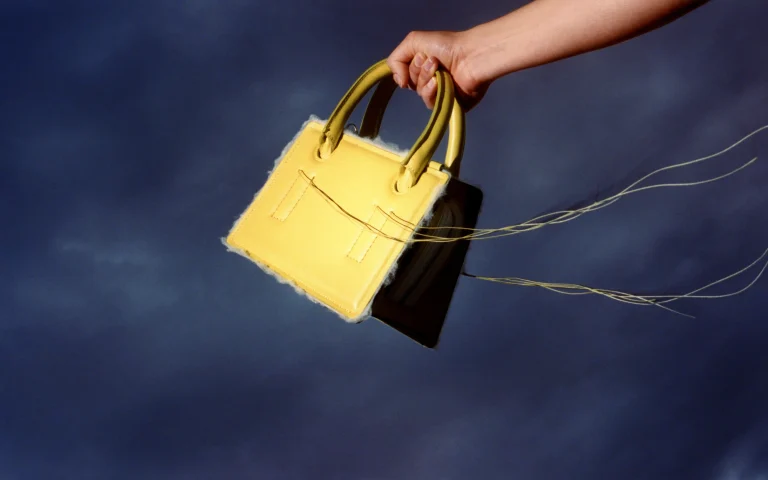A great story begins with the introspective moment of birth. This is how one graceful and elegant brand DENTRO arose. Instead of going outward, its founder, Isa Kauffman, invited everyone into the depths of the “inside-out” concept. The inner and usually mysteriously hidden part of the label’s functional bags is brought to light in all its details.
The craftsmanship of the process can also be witnessed as DENTRO extends its artistic influence in the form of short films. The inspiration for the series came from a desire to delve deeper into the process of creating DENTRO accessories while showcasing the brand’s unique aesthetics. The final cinematic masterpiece was developed by a team of three, including Kauffman, the designer, Constanza Lopes, the art director, and Camila Freiha, the film director. Each film is treated as a distinct genre and expands further in the new episodes that are still unfolding.
Following the exploration of the brand, hube could not resist immersing itself in the inspiring conversation with Isa Kauffman.

